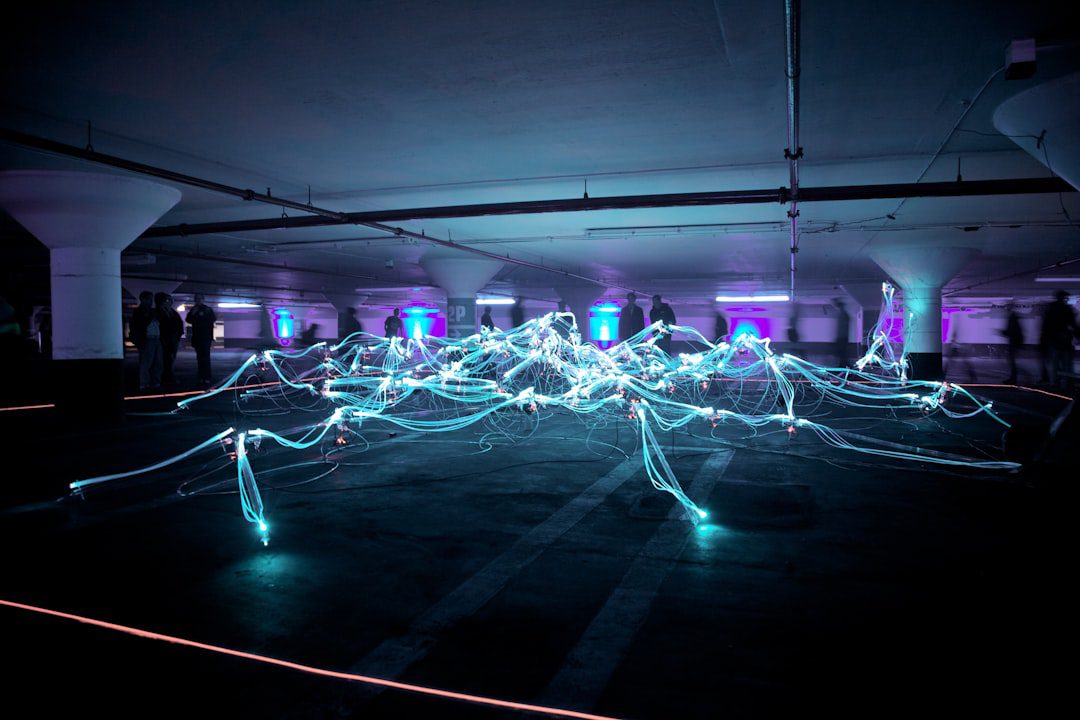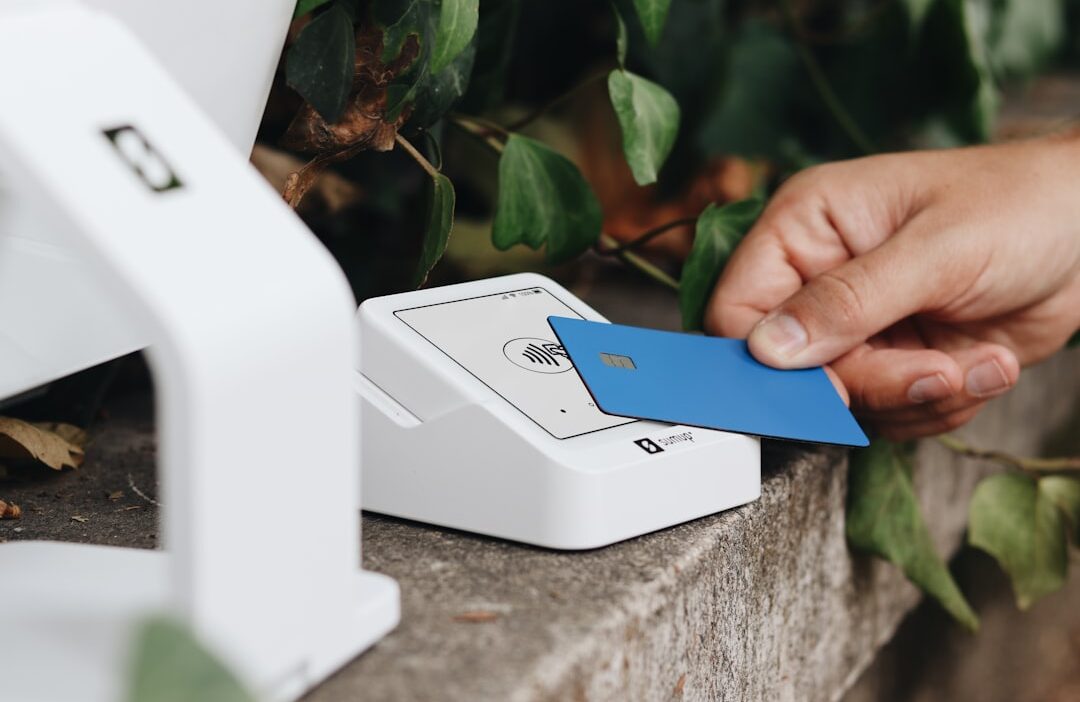In today’s hyper-connected world, the incessant hum of notifications can easily drown out the simple pleasures of life. As we become increasingly reliant on our devices, the need for a mindful pause grows more urgent. Creating a personalized Digital Detox plan offers a refreshing escape, allowing us to reconnect with ourselves and our surroundings. By intentionally carving out time away from screens, we can unlock numerous Digital Detox benefits, fostering mental clarity and deeper connections with those around us. Let’s explore how you can tailor a plan that suits your unique lifestyle and needs.
Main Points
- Understanding the importance of a Digital Detox plan.
- Exploring effective Digital Detox strategies tailored to your routine.
- Implementing practical Digital Detox tips for lasting change.

Understanding the Importance of a Digital Detox: Benefits for Mental Clarity
In an era dominated by screens, the concept of a Digital Detox emerges as essential for mental clarity. Continuously engaging with digital devices can lead to cognitive overload, obscuring our ability to think clearly. Thus, taking time away from technology enables individuals to reconnect with their thoughts and emotions, fostering a sense of tranquility. Interestingly, the benefits of a Digital Detox extend beyond mere relaxation. They enhance focus, spark creativity, and offer profound insights into our mental states.
Strategies and Tips for a Successful Digital Detox
- Set Boundaries: Designate specific times to unplug from all digital devices.
- Engage in Nature: Spend time outdoors to rejuvenate your mind.
- Practice Mindfulness: Incorporate meditation or yoga to sharpen concentration.
Implementing these Digital Detox strategies can dramatically transform your mental landscape. Heroes of mindfulness often advocate for such practices, which cultivate a deeper understanding of oneself. By intentionally disconnecting, we allow our minds the space to breathe, reflect, and grow.
Identifying Your Triggers: Assessing Your Digital Habits and Patterns
Recognizing your triggers is essential to understand how your digital habits shape your daily life. Begin by reflecting on when and why you reach for your device. Do particular situations, emotions, or environments prompt you to engage in repetitive behavior? For instance, identifying specific times when you mindlessly scroll through social media can help you establish healthy boundaries. Moreover, charting these patterns can reveal surprising connections, ultimately aiding you in adopting a more intentional approach to your Digital Detox journey. As this becomes clear, you’ll find opportunities to replace unproductive habits with enriching activities.
Creating a Tailored Plan: Steps to Establish Your Personalized Detox Journey
Embarking on a *digital detox* requires careful planning and self-reflection. Start by assessing your current habits and identifying triggers that lead to excessive screen time. Once you establish these insights, set clear goals for your *digital detox*. For instance, you might decide to limit social media to an hour daily. Additionally, create an engaging itinerary that incorporates offline activities, like reading or exercising, to replace your usual *digital* distractions. Understanding your unique needs will pave the way for a more effective journey.
Find Accountability
Engage friends or family members who can support your commitment. Share your goals and challenges; this may foster a sense of community around your *digital detox* journey. Remember, the key lies in maintaining a balance between online and offline realms, ultimately leading to a healthier lifestyle.
Setting Realistic Goals: How to Measure Your Progress During Your Digital Detox
Engaging in a Digital Detox requires setting achievable goals. First, clarify what you aim to accomplish. This could range from reducing screen time to rediscovering offline hobbies. Tracking your journey is essential, so consider the following:
- Daily Screen Time Logs: Keep records of your usage to identify improvements.
- Reflection Journals: Document your feelings and activities during the detox.
- Weekly Check-ins: Assess your progress and adjust your goals as necessary.
Measuring progress isn’t always linear. Some days will feel more challenging than others. However, celebrating small victories will motivate you throughout this Digital Detox experience.
Incorporating Mindfulness Practices: Enhancing Your Detox with Meditation and Reflection
Integrating Digital Detox with mindfulness practices can significantly enrich your experience. Meditation invites stillness, prompting reflection on your daily habits and emotional responses. This introspection cultivates awareness of how technology influences your well-being. Moreover, by dedicating time to mindfulness, you create a sanctuary amidst digital chaos. Importantly, consider how meditation fosters clarity, allowing you to make more intentional choices. In essence, bridging Digital Detox with mindful moments deepens your journey towards restoration and balance.
Finding Balance: Strategies to Reintegrate Technology Mindfully After Your Detox
After a successful Digital Detox, it’s essential to approach technology mindfully. Begin by setting clear boundaries on your screen time. Allocate specific times for social media, email, and entertainment. Create tech-free zones at home to promote genuine connections and relaxation. Consider journaling your feelings around technology use to identify patterns and triggers. Furthermore, engage in regular digital check-ins, allowing for adjustments as needed. Ultimately, the goal is to enhance your well-being without sacrificing the benefits of technology.
The challenge lies not in the absence of technology, but in the presence of mindful engagement.
Success Stories: Real-Life Transformations from Personalized Digital Detox Plans
Many individuals have experienced profound changes through tailored Digital Detox strategies. By reducing screen time, they rediscover hobbies and enhance personal connections. For instance, consider Sarah, who reclaimed her evenings for family dinners instead of scrolling through social media. Also, James found focus in his studies after limiting his Digital Detox practices. These journeys reveal that intentional disconnect from technology can foster creativity and well-being.
- Enhanced Productivity: Individuals notice improved concentration.
- Better Relationships: People engage more authentically with loved ones.
- Increased Happiness: Enjoyment of simple pleasures rises as screens fade.
These stories underscore the value of a well-structured Digital Detox.
Conclusion
In our fast-paced, technology-driven world, taking a step back from screens can be incredibly beneficial. A Digital Detox plan offers a refreshing opportunity to reconnect with ourselves and the world around us. It encourages us to focus on real-life interactions and activities that we often overlook. However, many of us find it challenging to break free from our devices. Therefore, setting aside dedicated time for a digital detox can help restore our mental clarity and improve our overall well-being. Ultimately, embracing this practice allows us to live more fully in the moment and enrich our daily lives.
Frequently Asked Questions
What is a digital detox?
A digital detox is a period of time during which a person refrains from using electronic devices such as smartphones, computers, and tablets to focus on real-life interactions and activities.
Why is a digital detox important?
A digital detox is important because it helps reduce stress, improve mental clarity, foster better relationships, and promote a more balanced lifestyle by reconnecting with the physical world.
How long should a digital detox last?
The duration of a digital detox can vary depending on individual preferences and needs. It can range from a few hours to several days or even longer. Starting with shorter periods can help ease into the practice.
What activities can I do during a digital detox?
During a digital detox, you can engage in activities such as reading books, going for walks, practicing mindfulness or meditation, spending time with family and friends, or pursuing hobbies like painting or cooking.
How can I prepare for a digital detox?
To prepare for a digital detox, set clear intentions and goals, inform your friends and family about your plans, and create a schedule for offline activities to ensure a fulfilling experience without devices.



